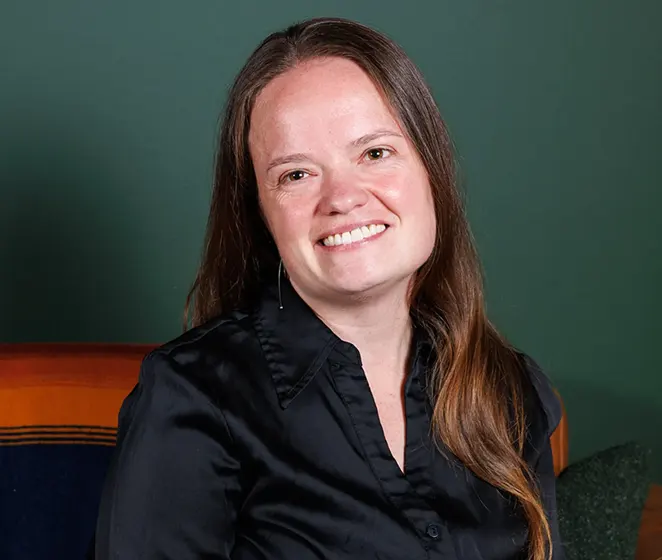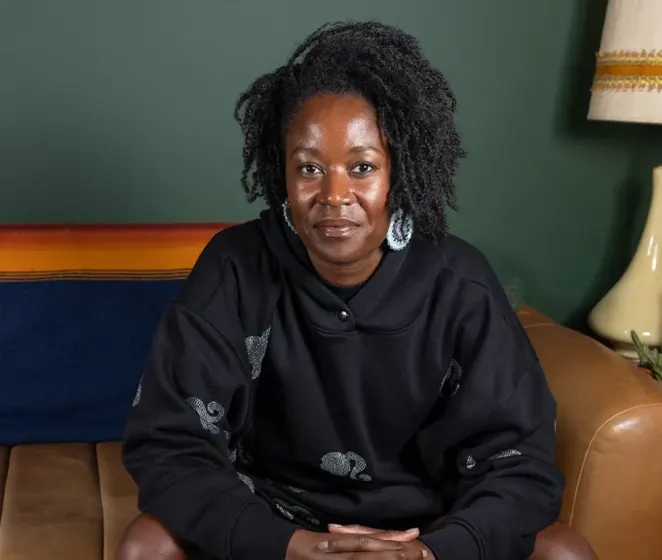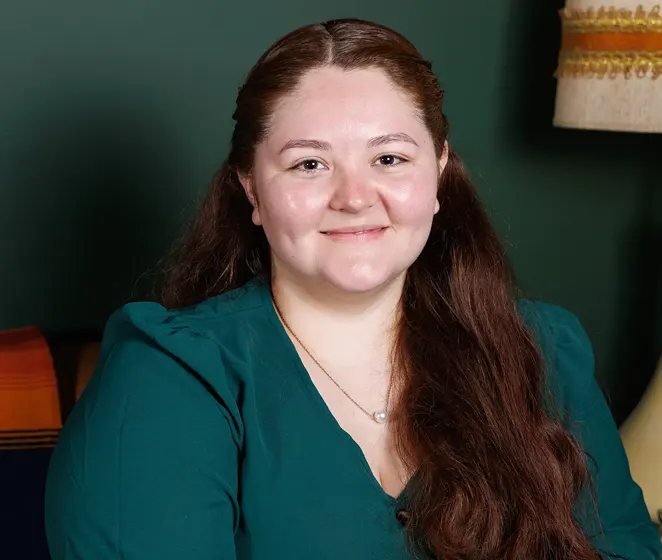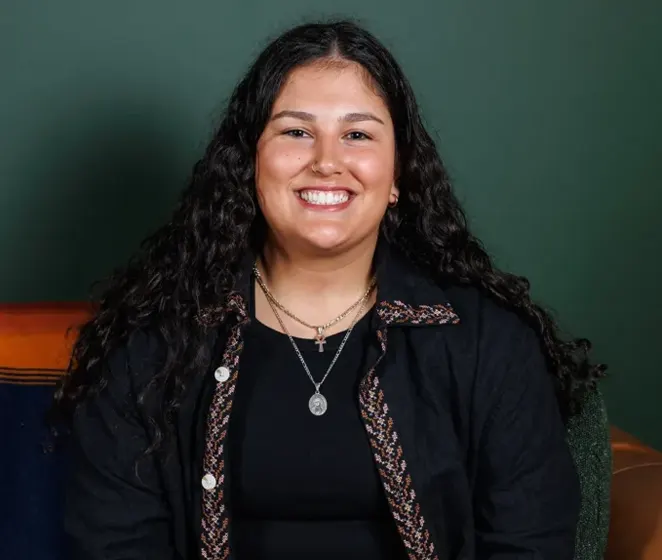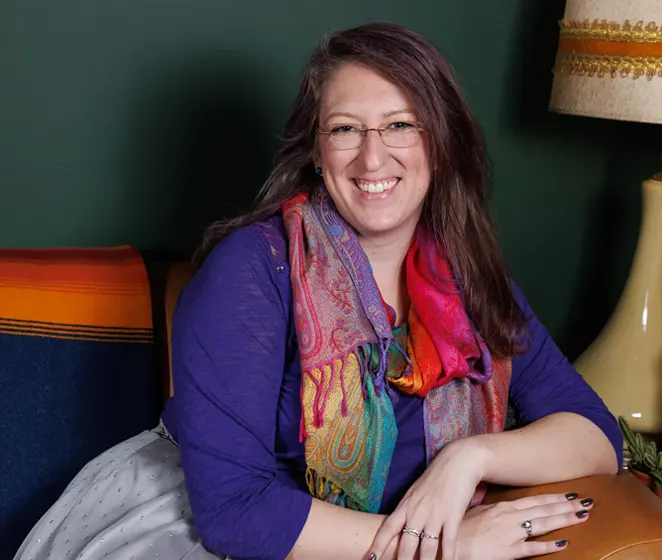Have you ever noticed how you react when someone pulls away—or leans in too close?
Maybe you feel a rush of panic when a friend goes quiet, or you suddenly want to disappear when a partner gets emotionally vulnerable. These responses are often the result of something deeper: your attachment style.
Understanding attachment
It’s about making sense of the patterns that shape your relationships—and learning how they got there. When we understand the patterns we’re in, we can make an active, intentional decision about how we respond.
What Is an Attachment Style?
Your attachment style is the emotional blueprint you developed in early relationships, usually with your caregivers. It reflects the way you learned to seek safety, soothe distress, and stay connected to others. While it starts in childhood, it tends to follow us into our adult relationships—romantic, platonic, familial, and even therapeutic.
Attachment theory, first developed by John Bowlby and Mary Ainsworth, suggests that our earliest connections shape the expectations we carry about love, conflict, and closeness. When those early environments were safe and responsive, we tend to feel secure. When they were inconsistent, chaotic, or emotionally unavailable, we often adapt in protective ways.
These adaptations become our attachment styles.
The Four Main Attachment Styles

Here’s a brief look at the four primary patterns. While these aren’t diagnoses or fixed labels, they can be a useful lens to allow us to introspect on our relational patterns and the ways protective factors limit us.
Secure Attachment
You feel comfortable with both closeness and autonomy. You can ask for what you need and give others space to do the same. Conflict doesn’t feel like a threat to the relationship, and emotional repair is possible, even expected.
Anxious Attachment
You deeply value connection but often worry it’s going to be taken away. You may seek reassurance, fear abandonment, or feel “too much” for others. Emotional intensity and preoccupation with the relationship can feel overwhelming at times.
Avoidant Attachment
You value independence and may keep emotions at a distance. Vulnerability can feel unsafe or intrusive. You might downplay your needs—or someone else’s—in order to feel in control. Closeness often brings discomfort.
Disorganized (Fearful-Avoidant) Attachment
You long for intimacy but simultaneously fear it. Relationships may feel confusing, overwhelming, or unpredictable. This style is often linked to trauma, neglect, or early experiences where the source of safety was also a source of fear.
Why Does Attachment Matter in Therapy?
Attachment work is central to so much of what we do in therapy, whether or not we use the word directly.
When clients come in feeling stuck in relationship cycles, afraid to ask for help, or unsure how to feel close without losing themselves, we often look at early attachment patterns to understand what’s going on.
If you learned that expressing emotion pushed people away—or that love had to be earned—those patterns don’t just disappear. However, through diligent and consistent therapeutic work, they can be unlearned.
Many therapists, including members of our team, work from an attachment-based lens. This means we help clients not only understand their patterns, but begin to shift them—gently, relationally, and at a pace that feels safe.
Can Attachment Styles Change?
Yes. Attachment isn’t static because it’s shaped by our lived experience. Therefore, healing relationships can help rewrite the emotional script.
Secure attachment can be developed over time through:
Safe, attuned therapy relationships
Healthy partnerships or friendships
Reconnecting with your body and nervous system
Practicing boundaries, repair, and self-trust in real time
If you’ve spent your life in survival mode, it makes sense that certain styles developed as protection. The good news is: protection doesn’t have to become your permanent home. You can create new relational maps.
You Are Not Broken
Your attachment style is an adaptation that once served to protect you, to keep you alive and connected.
It tells the story of how you learned to survive closeness, distance, conflict, and need. And once you see it clearly, you can choose something different.
Whether you’re just beginning to explore these patterns or are already deep into attachment work, therapy can be a place to build something new. You don’t have to do it alone.
Curious about how attachment shows up in your relationships—or in therapy itself?
We’d be honored to explore that with you.





